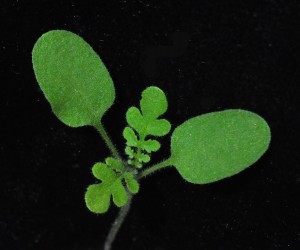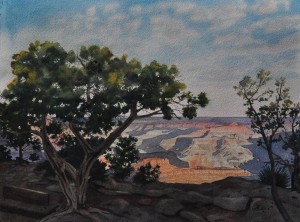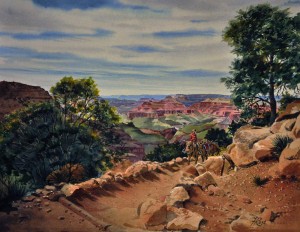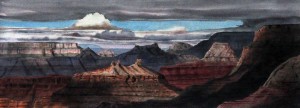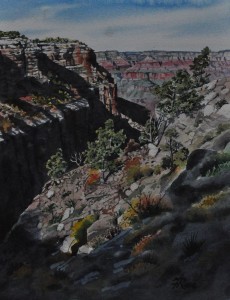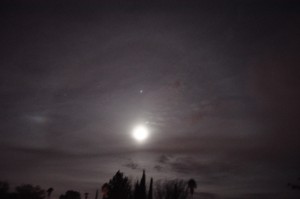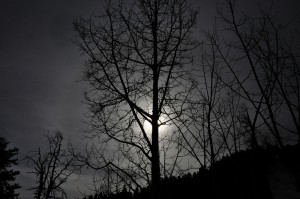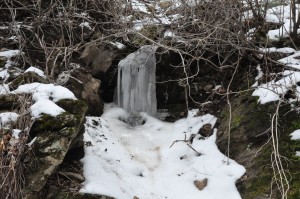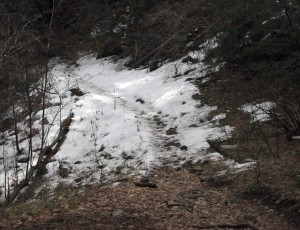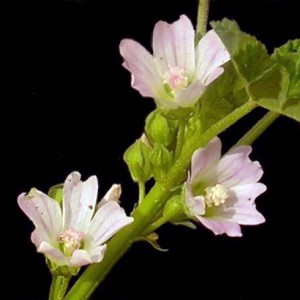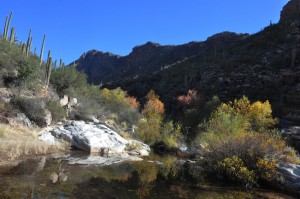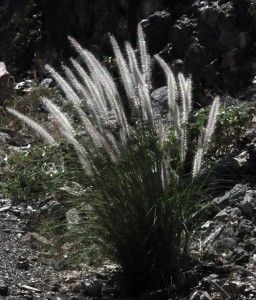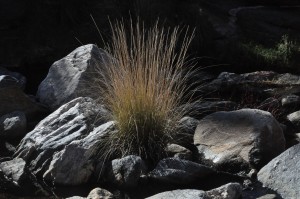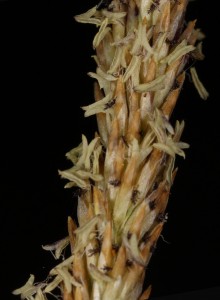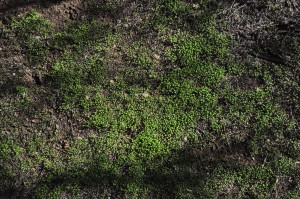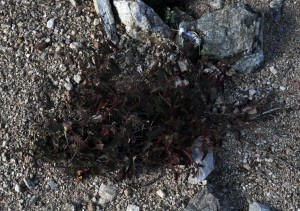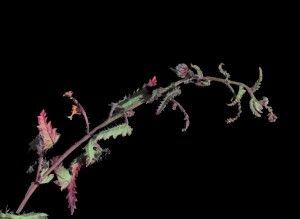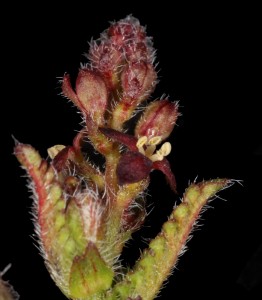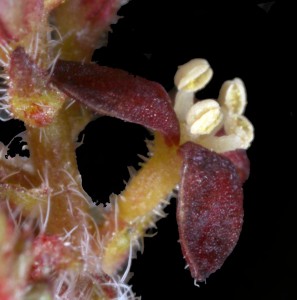Dave and I hiked in Ventana Canyon yesterday – so named because “Ventana” is Spanish for window. High up the trail you come to a window – about 15 feet high and 25 feet wide.
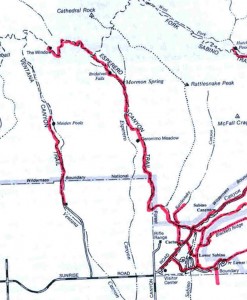
This map shows the trail we followed. The trails we have hiked are marked in red.
This brought back memories for me. Twenty-eight years ago my wife and I hiked up to the window. The plan was to slog the 9 plus miles up to the Window on the Esperero Trail from Sabino Canyon, (just over 9 miles), have the wedding, spend the night near by, and then in the morning hike down the Ventana Canyon trail, 6.4 miles to where we had parked a second set of cars. But there was a snag. Most of our gear was packed onto three horses that were going meet us, bringing water, sleeping bags, food and the bride’s wedding dress. We waited and waited for them to arrive, and finally decided to head to the Window before it got too late. As we walked the last two miles toward the Window we passed a lone hiker. Louise and I were at the end of the line. By the time the hiker met us he was mumbling under his breath: “Three days of hiking without seeing a soul, and now I meet a whole damn wedding party.” (There were 11 of us)
After the wedding we headed back the way we had come, going as fast as we could so as to not have to hike too long in the heat of the next day. At a certain point it was simply too dark, so we lay down on the trail where we were, and fitfully slept until the early light of morning woke us. We hurried down into the 109 degree heat of a Tucson summer day. It took quite a while for us to cool down I had to immerse myself in a tub of cold water. The following day we felt fine.
Whenever I hike in Ventana Canyon, I think of that adventure. Yesterday started cool, but got warmer, even though it is mid December. The first thing we noticed was the very tall grass called Giant Reed (Arundo donax). Some time ago I went to a talk in Sabino Canyon where they spoke of the task of eradicating this very aggressive plant from the Canyon. It had taken over large areas, and was crowding out the native species of trees and plants. Dave and I went off the trail to get a closer look at this member of the grass family. The plant in this picture is 15 feet tall at least. Farther along the trail we saw other clumps of the grass, and commented on how difficult it would be to keep it from taking over Ventana Canyon.
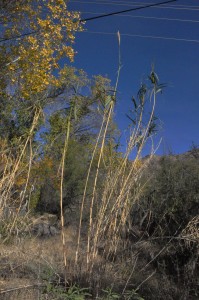

Above is a picture of just one Giant Reed plant
The plant on the left is at least 15 feet tall.
After exploring the trail and the stream bed, we came to a nice resting place. There were thousands of seedlings carpeting the ground. I particularly noticed this one. Dicot plants send up a shoot which branches into two leaves (from Dicotyledon, meaning two Cotyledons, or seed leaves). These leaves look much the same in a variety of plants. Then the plant produces new leaves recognizable as belonging to a certain species. In this case we can see from the crinkled leaves, that it is a Phacelia (Heliotrope or Scorpion weed). In a few months the floor of the canyon will be graced with a light purple haze from the beautiful flowers of this plant, mixed in with the blues, golds and whites of thousands of other wildflowers.
